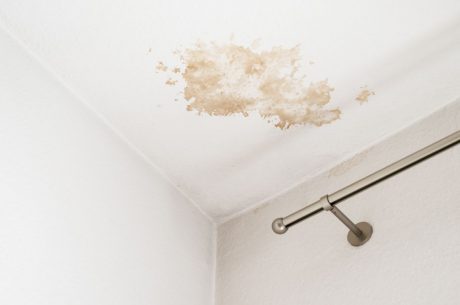Water damage can strike unexpectedly, leaving homeowners emotionally drained and facing significant financial burdens. From property damage to costly repairs, navigating the insurance claims process is often overwhelming. If you’ve experienced it, understanding how to handle your water damage insurance claims is necessary. We’ll guide you through the essential steps to ensure a smooth water damage restoration Greenville SC, or a similar process at your location while working with your homeowner’s insurance.
Understanding Your Policy
Before disaster strikes, it’s important to understand your homeowner’s insurance policy. Not all water damage is covered, and there may be specific exclusions, such as flood damage, that require separate coverage. Review your policy’s limits, deductibles, and any coverage options, like flood damage coverage, to know what to expect when you file a claim. If you’re unsure, reach out to your insurance agent for clarification on what your policy covers.
Documenting the Damage
When water damage happens, documenting the damage is one of the most important steps in your claims process. Take clear photos and videos of all affected areas, including floors, walls, furniture, and personal items. Make detailed notes of the extent of the damage and gather any repair cost estimates or receipts. This documentation will be essential when you file your water damage insurance claim.
Contacting Your Insurance Provider
Once you’ve documented the damage, contact your insurance provider as soon as possible. Provide them with a detailed account of what happened and the extent of the damage. Be prepared to share the photos and notes you’ve taken. The sooner you start the claims process, the quicker the repairs can begin. Most insurance companies have a set period during which claims must be reported, so don’t delay.
Water Damage Insurance Claims: Working with Insurance Adjusters
When dealing with water damage, an insurance adjuster will likely visit your home to assess the damage. Before the inspection, make sure you understand what your home insurance policy covers, including any exclusions or limits. Here are the key steps to follow during the adjuster’s visit:
- Be Present: Ensure you’re home during the inspection to walk the adjuster through the damage.
- Guide Them: Show all affected areas and explain the situation clearly.
- Provide Documentation: Share your photos, videos, and notes to support your claim.
- Communicate Clearly: Be honest about the damage without exaggerating.
- Double-Check: Make sure the adjuster doesn’t miss any details, as their report impacts your compensation.
Choosing a Restoration Company
Selecting a certified restoration service is very important for the claims process. Insurance companies often recommend or work with specific restoration providers, but you’re free to choose your own. Make sure the company is certified, and experienced, and provides emergency services if needed. Hiring a qualified restoration company not only ensures your home is repaired correctly but can also help you navigate the insurance process more smoothly.
Common Mistakes to Avoid
Filing a water damage insurance claim can be tricky, and homeowners often make avoidable mistakes that could complicate the process or reduce their claim payout. Here are some common pitfalls and how to avoid them:
Not Reviewing Your Policy Beforehand
Many homeowners don’t fully understand what their insurance policy covers until disaster strikes. This can lead to confusion and disappointment when they realize certain types of damage, like flooding, aren’t covered by standard homeowner’s insurance. Take the time to review your policy now, before an emergency arises.
Failing to Document All Damage
Proper documentation is critical to the success of your claim. Some homeowners make the mistake of not taking enough photos or leaving out key details when documenting the damage. Missing evidence could result in a lower payout or even claim denial. After water damage happens, take comprehensive photos and videos from multiple angles of every affected area. Include any damage to personal items, furniture, flooring, and walls.
Delaying the Claim Process
Delaying your claim can lead to serious problems, including claim denial. Most insurance policies require that water damage be reported within a specific time frame, usually just a few days after the incident. Waiting too long to notify your insurer could make it appear that the damage has worsened due to neglect. To avoid this mistake, contact your insurance provider as soon as you discover the damage.
Not Hiring a Certified Restoration Company
Hiring an unqualified contractor to handle repairs may save you money upfront, but it can result in subpar work that affects your insurance claim and the overall restoration of your home. Insurance companies typically prefer to work with certified restoration services that follow industry standards for water damage mitigation and repairs. An uncertified contractor may overlook important steps in the restoration process, leading to issues like mold growth or structural damage down the line. Make sure to choose a reputable, certified restoration company with experience in working with insurance claims. This ensures the work is done properly and increases your chances of a successful claim outcome.
Take Action Today with PuroClean of Greenville!
It’s never too early to review your homeowner’s insurance policy and ensure you understand your coverage. Contact your insurance agent today for clarification on your policy’s water and flood damage coverage. If you’ve recently experienced water damage, reach out to PuroClean of Greenville for a consultation or damage assessment – our restoration services team is here to help you get your home back in shape. Call us at (864) 528-2138 or fill out an online form on our website.



